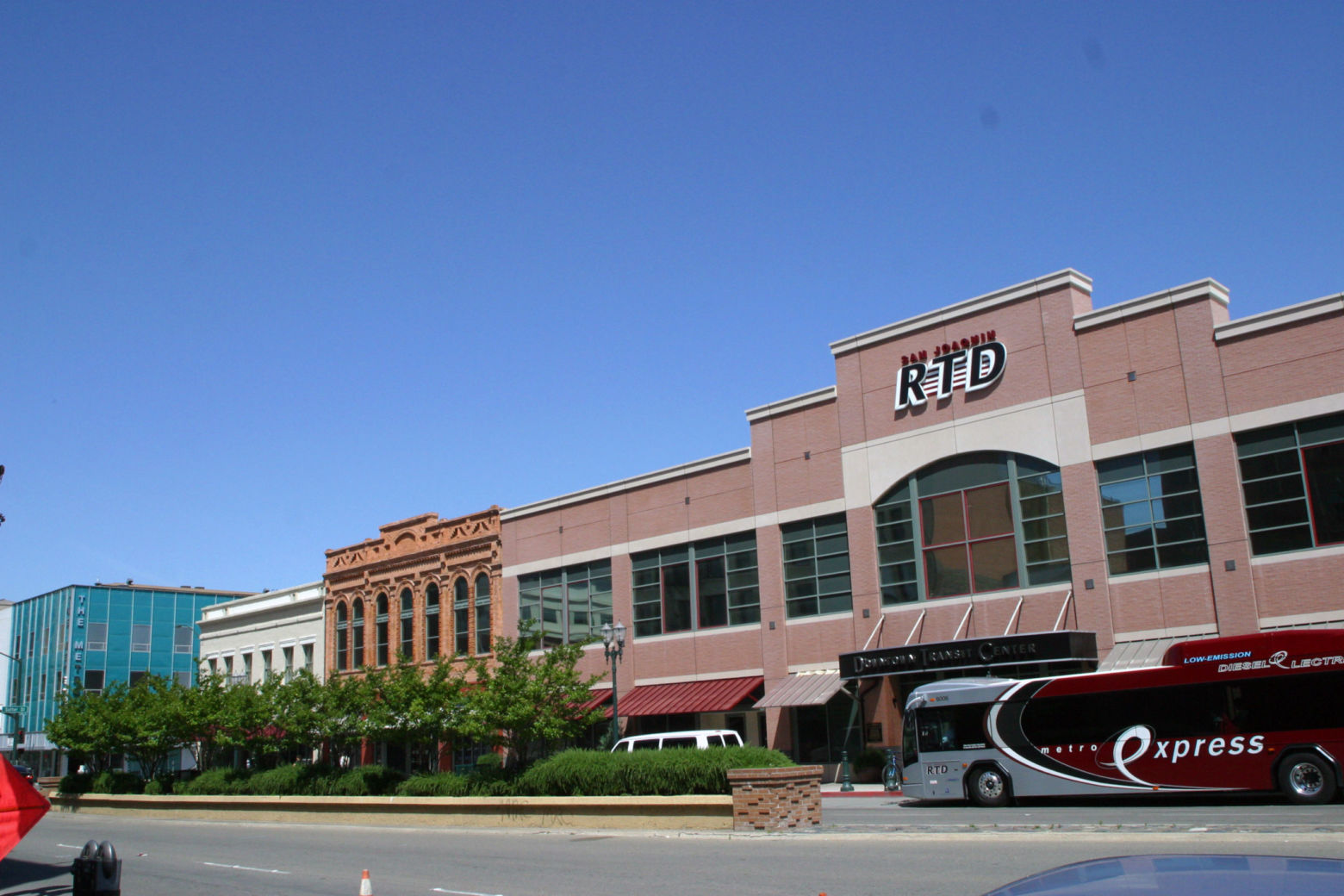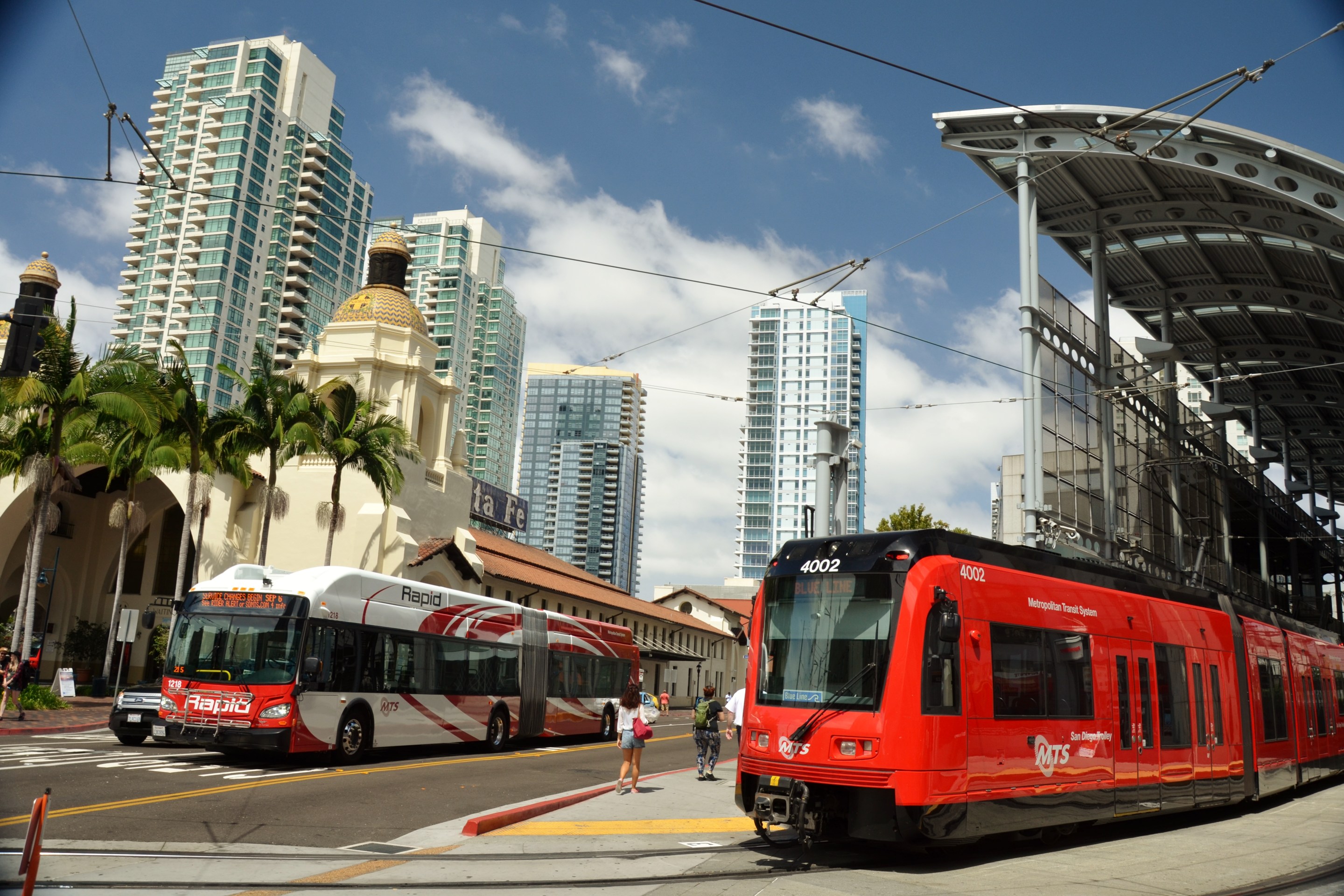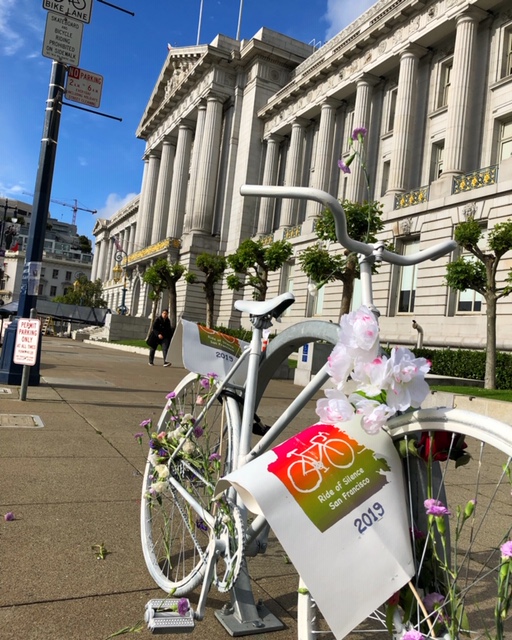
Cities making the most progress on protected bike lanes are seeing bicycling rates go up. But at the scale of a specific street with a new protected lane, it's hard to know how much of the increase in bike counts is due to cyclists moving over from nearby streets, and how much is due to people biking the route for the first time thanks to safer conditions.
Network blog I Bike TO shares a recent survey that sheds light on the question. Raymond Ziemba at Toronto's Ryerson University looked at ridership along a new protected bike lane on Sherbourne Street in Toronto [PDF]. The results indicate that a substantial share of people riding in the protected lane made bike trips because of the street redesign:
Ziemba found that "[t]here was a strong association between travel route change and mode substitution, where the likelihood of switching to cycling was 11 times higher for those who did not use the street before 2012." That is, the transformation of Sherbourne Street cycling facilities from painted bike lanes to physically separated bike lanes with curbs on the north end and raised to near sidewalk level on the south end. This is not surprising given the almost 300% increase in cyclists on Sherbourne.
There were some interesting findings of the survey that point to how important physical separation is to growing the mode share of cycling. Ziemba surveyed 214 cyclists on Sherbourne St in 2014. As [Ziemba's former professor] Dr. [Ratkim] Mitra summarized in his email to me:
- 38% current cyclists on Sherbourne did not cycle before 2012 for the same or similar trip.
- Most (55%) new cyclists would use transit before, while fewer (24%) potentially switched from driving. Might be good in a downtown context where transit congestion is a big issue.
- Most mentioned safety as the reason why they shifted.
- Savings in travel time scored almost as high as improved safety as a reason for cycling. That is, under favourable conditions, cycling can actually save time for many.
Elsewhere on the Network today: Seattle Transit Blog reports that Washington state Republicans are throwing their weight around to ensure that drivers don't have to pay for lanes on an expensive highway project. The Urbanist shares a video about how the Seattle area's 25-year-old growth management policy has protected the environment and improved quality of life. And Streets.mn counters the common NIMBY complaint that large apartment buildings will lead to the implosion of home values.





